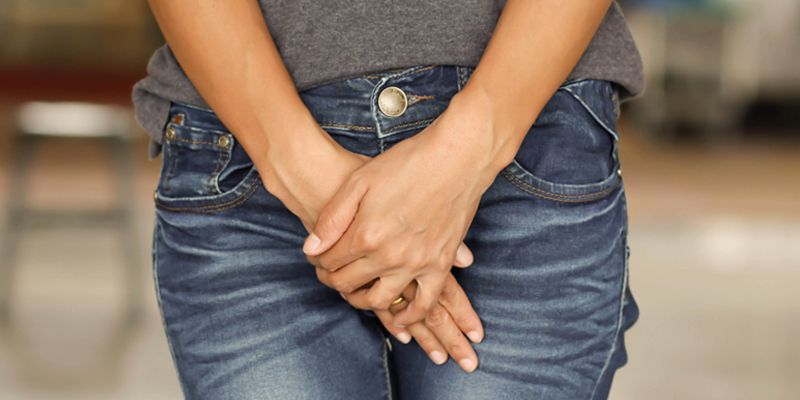
Do you…
If you are consistently answering yes to the above questions and/or find yourself urinating more than 5-7x/day and 0-1x/night (if you are 50+ years old, 1-2x/night); you may have an overactive bladder (OAB), also known as detrusor overactivity (DO).
Overactive bladder is a surprisingly common problem for the general population. OAB affects both women and men, and people old and young. The NOBLE (National Overactive Bladder Evaluation) Study by the NIH evaluated the prevalence of OAB in the US and its impact on quality of life. They found the prevalence in men as high as 16% and 16.9% in women. Also, while it’s more common in the aging population, as much as 18% of women and 9% of men with OAB are under 50 years old. Most articles report that OAB is severely underreported in persons under the age of 50.
So, what exactly is OAB? It was defined by the International Continence Society (ICS) in 2010 as “urinary urgency, usually accompanied by frequency and nocturia, with or without urgency urinary incontinence (UUI), in the absence of urinary tract infection or other obvious pathology.”
Urgency is that overwhelming sensation of having to get to the bathroom immediately often with fear that you will lose urine. Urinary frequency is the number of times you void (aka pee) in a day with 5-7x during your waking hours being “normal”. Nocturia is an increased frequency of voids that wake you at night with 0-1x being normal for <50 years old and 1-2x for >50 years old. Urge urinary incontinence (UUI) is the loss of urine, either partially or completely, associated with a strong urge to go to the bathroom or the inability to make it in time.
OAB is caused by the overactivity of the detrusor, which is the muscle of the bladder wall. Frequently in persons with OAB, the brain and nerves communicating with the bladder are sending a bad signal. Instead of telling the bladder, “oh – you’re just filling, no biggie, keep going”, it sends signals that say, “you’re full and going to leak, get to a bathroom now!”—even though the bladder is only half full.
Treatment of OAB, if severe enough, often includes medications (antimuscarinics) that have multiple side effects, including severe dry mouth, constipation, blurry vision, drowsiness, nausea, vomiting, and abdominal pain. Due to these side effects, many of the patients we have seen at Rebalance Physical Therapy don’t think the drugs are worth it. Alternatively, there is also behavioral training, which is usually taught by a pelvic floor physical therapist. The clinicians at Rebalance Physical Therapy have many years of experience treating patients suffering from OAB. Below is a list of some of the ways pelvic floor physical therapists can help those with OAB:
If you suspect you have an overactive bladder, you can start conservative treatment by retraining the brain to have better bladder habits. One way to do this is with urge deference techniques. If you are voiding more than every 3-4 hours, you can work on delaying or deferring the void. One technique to do this is using diaphragmatic breathing (belly breathing) and distraction techniques (such as counting backward starting at 100 to allow the brain to focus on something other than the bladder).
If you have an OAB, we strongly urge (no pun intended) you to talk to your primary health care provider about seeing a physical therapist for help. There are many other tools that can help with treating OAB, which is why seeing a pelvic floor physical therapist is important whether you are male or female, young or old. Conservative treatment of OAB works well without the side effects of medications and can drastically improve your quality of life. Contact us at Rebalance Physical Therapy to get help for your OAB today!
Here’s a reference to a good article describing the different behavioral techniques in more detail, if you are interested.
Newman DK, Wein AJ. Office-based behavioral therapy for management of incontinence and other pelvic disorders. Urol Clin N Am 2013;40:613-635.
Written by Elayne Geba PT, DPT, WCS
In-Person and Online Consultations


